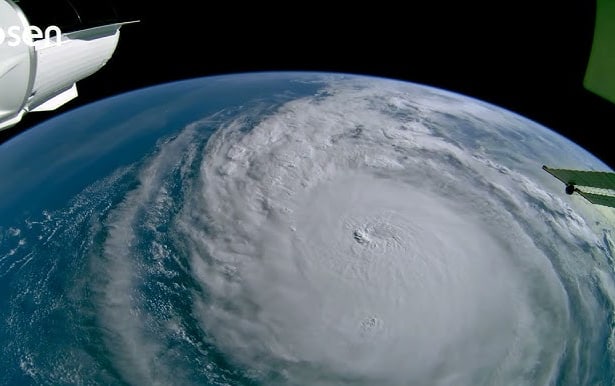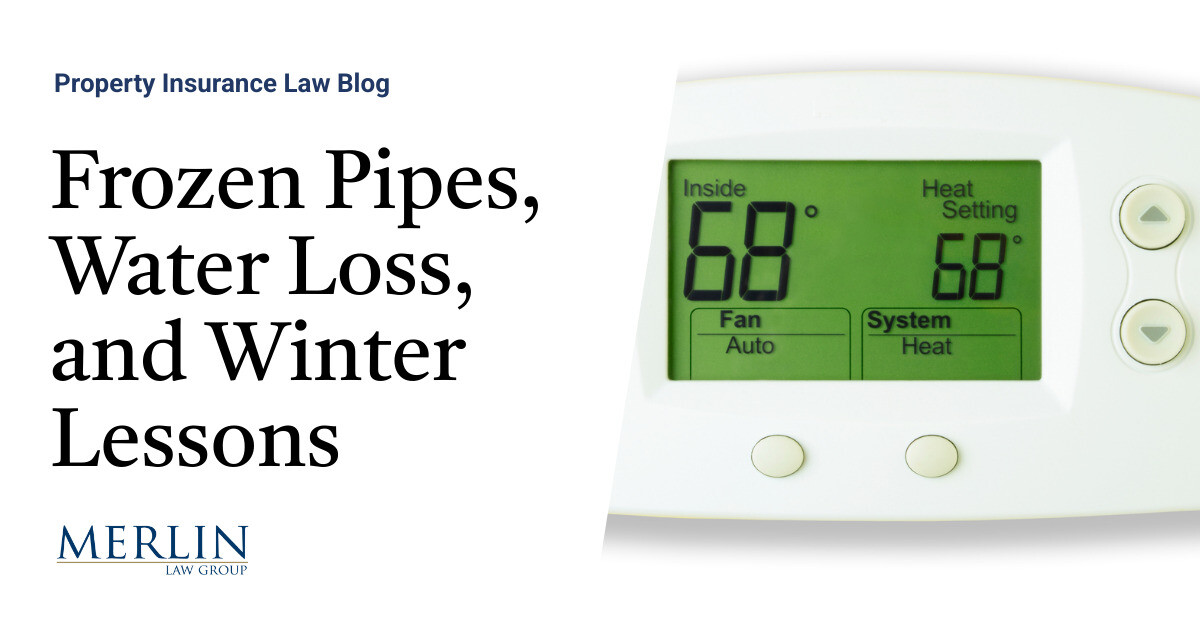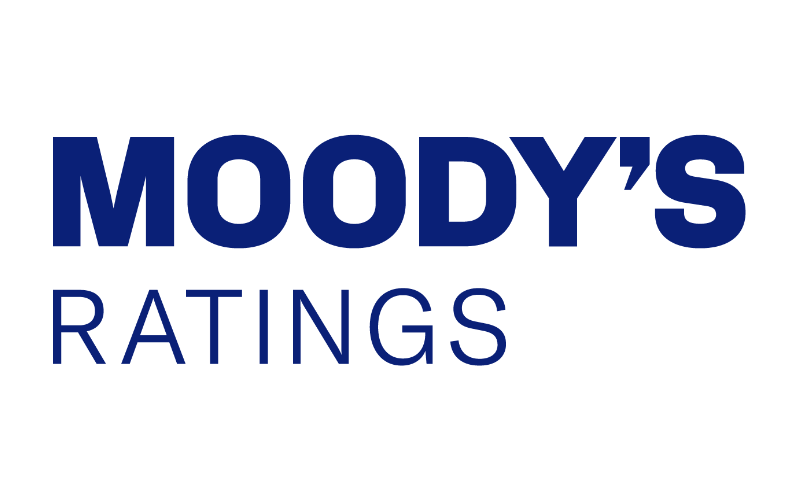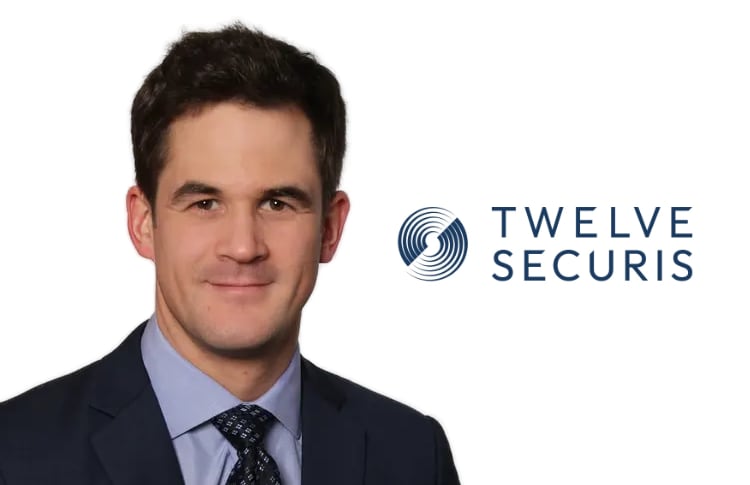
There is not much else to say on major hurricane Milton, as still uncertainty is high over the eventual quantum of losses the storm will cause in its expected damaging impacts on Florida.But importantly, the insurance, reinsurance, catastrophe bond and insurance-linked securities (ILS) markets will be there to pay claims as and when appropriate.The full range of risk transfer instruments may be called on to respond to hurricane Milton’s onslaught of Florida, if the storm proves as damaging as feared.First to pay out could be parametric insurance arrangements, as there are many parametric contracts and structures exposed to hurricane Milton, given the high-value concentrations of property value still in the path of some of the forecast model tracks.
Like Ian in 2022, this hurricane should serve to further highlight the importance of responsive risk transfer and the benefits of rapid payouts, something parametric risk transfer was literally designed for.We expect parametric specialists will take their share of losses, unless Milton weakens considerably before landfall.We also understand there are some parametric reinsurance arrangements that could also be triggered if hurricane Milton maintains its major storm status, although how prevalent these really are is hard to tell.
Primary insurance carriers are set to bear a significant share of losses, with some analysts estimating that most carriers will retain the majority for any industry loss much below the $40 billion to $55 billion mark, and higher.Above that range of industry impact, more of the losses get shared with reinsurance capital, for the major carriers we understand and the pendulum switches to greater cessions of losses to reinsurers when an industry loss approaches and passes $75 billion.For the smaller and more Florida focused insurance carriers, excess-of-loss reinsurance is likely to activate at lower industry loss levels as they still buy more reinsurance, versus surplus.
Insurance claims will be paid as quickly as carriers are able, but some challenges may be presented by the difficulty of identifying whether damage is from the previous storm Helene, or Milton, or a combination of the two.Wind vs water is also likely going to be an issue again with Milton, as the hurricane is expected to drive a significant storm surge on shore and this can complicate claims.But, ultimately, the goal will be to pay valid claims as fast as possible, to enable policyholders to begin recovering from the damage that is expected to ensure when hurricane Milton comes ashore.
On the reinsurance side, quota shares and sidecars will take their expected pro-rate piece of the loss burden, as would always be expected.On the excess-of-loss side, attachments will be important and as we said the larger primary carriers may not get as much reinsurance support as you might think unless industry loss levels move much higher in the tens of billions, while smaller carriers will typically see more reinsurance support.As a result, it’s hard to estimate any split of losses for primary versus reinsurance, as the size of the industry and specific company losses will define that.
But reinsurance capital will pay its share and that includes the insurance-linked securities (ILS) market.Collateralized reinsurance and retrocession is likely to pick up a greater share of losses at lower industry loss levels than catastrophe bonds.The higher industry loss levels are required for cat bonds to face really meaningful market impacts, where as some collateralized strategies could face relatively meaningful impacts at losses sub-$50 billion.
.But the market is ready and paying claims quickly is always preferred, where things are clear-cut and well-defined.Industry-loss warranties (ILW) could also be called upon, depending on how high the eventual market loss is.
Remember, at this time figures from $20 billion up are discussed, with some projections for a loss of close to triple digit billions if Milton shifts back north to a Tampa Bay landfall event.Sources we’ve spoken with are ready to pay claims where needed, recognising that storms like hurricane Milton are precisely why the cat bond and ILS market was developed and why insurance and reinsurance markets look to institutional capital market sources to augment and protect their own balance-sheets and customers.The reinsurance and ILS market, as well as its risk transfer structures and instruments, will respond to hurricane Milton as appropriate and play a significant role in helping Florida get back on its feet, should the eventual financial impacts of the storm prove significant.
It’s precisely what this industry exists for.Market participants are ready to prove the value of risk transfer, and diversified, deep sources of reinsurance capital.Our thoughts are with the people of Florida over the coming hours and we hope hurricane Milton proves less impactful than feared.
– .– .– .
– .– .– .
– .– .– .
– .– .– .
– .– .– .
– .– .– ..
All of our Artemis Live insurance-linked securities (ILS), catastrophe bonds and reinsurance can be accessed online.Our can be subscribed to using the typical podcast services providers, including Apple, Google, Spotify and more.
Publisher: Artemis








